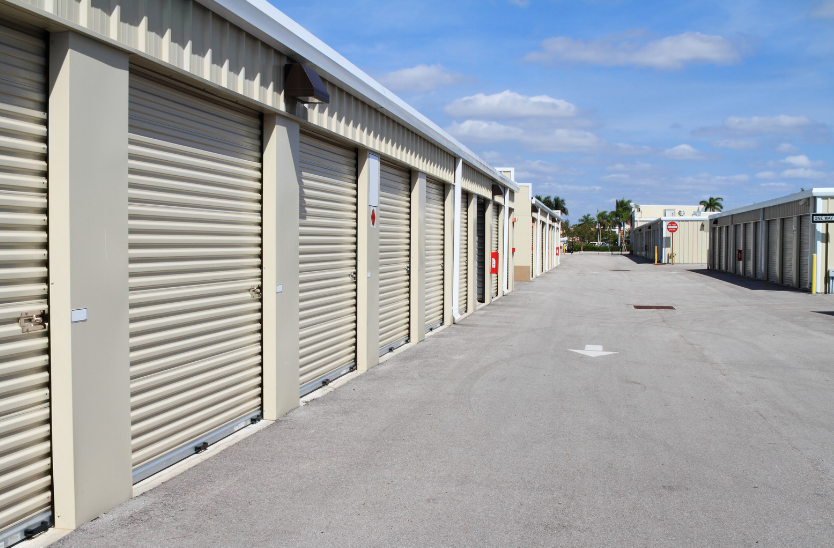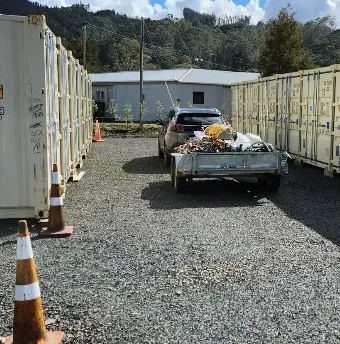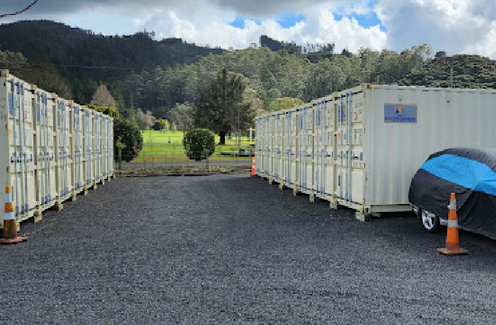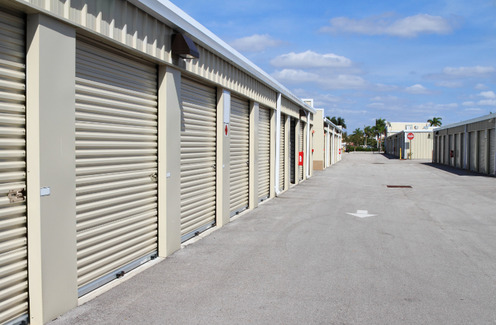
Table Of Contents
Organizing Storage Space
Organizing storage space is crucial for efficient and effective dry container storage in any facility. One key rule to consider is implementing shelving systems. By having designated shelves for different items, you can maximise the use of vertical space and keep items organised and easily accessible. This not only helps in preventing clutter but also aids in quick inventory checks and retrieval of items when needed.
Another significant aspect to consider when organising storage space for dry container storage in a facility is protecting stored items. Utilising airtight containers can help protect items from moisture, dust, and pests, thus maintaining their quality and integrity. By using such containers, you can ensure that the stored items remain in optimal condition for longer periods, reducing the chances of spoilage or damage.
Rule 4
Implementing shelving systems is crucial for efficient dry container storage in any facility. It is essential to designate specific areas for different types of items based on their size, weight, and frequency of use. By carefully organizing storage space, it becomes easier to locate items quickly and avoid clutter, leading to a more streamlined workflow. Furthermore, implementing shelving systems helps maximize vertical space and makes the most of the available storage capacity within the designated area.
In addition to organizing storage space, implementing shelving systems in dry container storage also enhances safety measures. By ensuring that heavy items are stored on lower shelves and lighter items on higher shelves, the risk of accidents and injuries is significantly reduced. Labeling shelves with the contents they hold and regularly checking for any signs of wear and tear in the shelving units are essential practices to maintain a safe storage environment.
Protecting Stored Items
Protecting stored items is crucial to maintaining their quality and longevity in dry container storage in New Zealand. Rule 5 emphasises the use of airtight containers to shield items from moisture and pests. By sealing items in airtight containers, you create a protective barrier that helps preserve their freshness and prevent contamination. This simple yet effective measure can make a significant difference in extending the lifespan of various goods, from food items to textiles, ensuring they remain in optimal condition for longer periods.
Another vital aspect of protecting stored items in dry container storage in New Zealand is insulation. Rule 5 also recommends utilizing proper insulation materials to safeguard items from extreme temperature fluctuations. Insulation helps regulate the temperature within containers, preventing items from being damaged by heat or cold. By implementing appropriate insulation methods, you can create a stable environment that minimises the risk of spoilage or degradation of stored products. This proactive approach to insulation not only safeguards the quality of items but also contributes to efficient storage practices in dry container facilities.
Rule 5
Rule 5: Utilizing Airtight Containers
When considering dry container storage in a commercial or residential setting, utilizing airtight containers is a crucial aspect to preserving the quality and lifespan of stored items. Airtight containers create a barrier against moisture and humidity, preventing items such as grains, cereals, spices, and other perishable goods from exposure to dampness which could lead to spoilage. These containers are designed to keep the contents fresh and free from contamination, providing a cost-effective solution for maintaining the integrity of stored items over an extended period.
Opting for airtight containers not only safeguards the quality of stored items but also facilitates efficient organization within the storage space. By sealing contents in airtight containers, you not only prevent spills and cross-contamination but also maximize the use of available space. This method promotes a tidy and systematic approach to storage, enabling easy access and inventory management in both professional and personal storage contexts.
Ensuring Safety Measures
Safety is paramount when it comes to dry container storage in any workspace. To ensure a safe environment, it is crucial to install proper fire prevention equipment. This includes smoke detectors, fire extinguishers, and sprinkler systems. Regular maintenance and checks on these devices are essential to guarantee they are fully operational at all times.
Additionally, adequate lighting should be in place to prevent accidents and injuries in the storage area. It is recommended to have both general lighting to illuminate the space and task-specific lighting for detailed work. Good lighting not only enhances safety but also improves efficiency when accessing and organizing items in the dry storage containers.
Rule 6
Installing fire prevention equipment is crucial for ensuring safety in dry container storage in warehouses. This equipment consists of fire extinguishers, smoke detectors, and sprinkler systems which are essential for early detection and suppression of fires. It is imperative to have these tools readily available and regularly maintained to effectively manage fire risks in the storage area.
Fire prevention equipment should be strategically placed throughout the storage space in accordance with safety regulations. Regular inspection and testing of these devices are necessary to ensure they are functioning correctly in case of an emergency. Additionally, providing adequate training to personnel on how to operate the equipment and respond to potential fire incidents is essential in maintaining a safe working environment in dry container storage areas.
FAQS
What is the importance of organizing storage space in dry storage?
Organizing storage space in dry storage is crucial to maximize the storage capacity, improve efficiency in locating items, and prevent clutter or hazards.
How does implementing shelving systems contribute to effective dry storage?
Implementing shelving systems helps in utilizing vertical space efficiently, organizing items systematically, and reducing the risk of damage or contamination.
Why is it important to protect stored items in dry storage?
Protecting stored items in dry storage is essential to maintain their quality, prevent spoilage or contamination, and ensure their longevity.
How does utilizing airtight containers help in dry storage?
Utilizing airtight containers in dry storage helps in preserving the freshness of food items, preventing moisture ingress, and reducing the risk of pest infestation.
Why is it crucial to install fire prevention equipment in dry storage areas?
Installing fire prevention equipment in dry storage areas is vital to minimize the risk of fire hazards, ensure the safety of stored items, and protect the overall storage facility.




